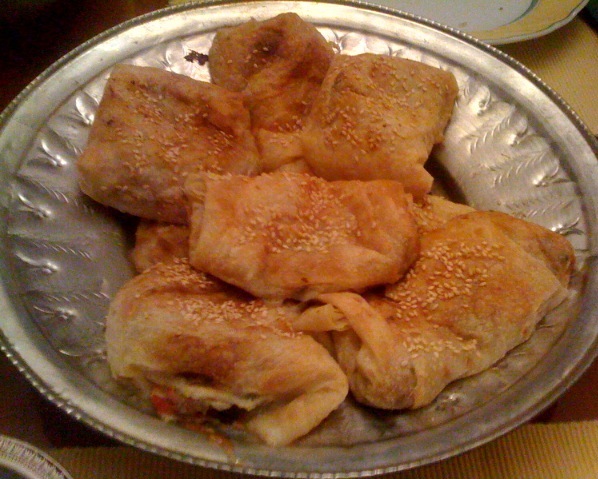Facts About Börek
Börek is a beloved family of baked pastries filled with delicious ingredients and crafted from thin, flaky dough such as phyllo or yufka. Originating from the Ottoman Empire, börek has found its way into the hearts and kitchens of Eastern Europe, Western Asia, and the Balkans. It can be baked in a large pan and cut into portions or fashioned into individual pastries. Often, sesame or nigella seeds are sprinkled on top for an extra burst of flavor.
The name "börek" derives from Turkish, referring specifically to dishes made with "yufka" dough. Though its roots are firmly planted in Ottoman cuisine, some believe börek might trace back to Central Asian Turks or even ancient Mediterranean civilizations. Recent studies suggest that börek was likely created by nomadic Turks in Central Asia before the 7th century.
Börek is immensely popular across regions that were once part of the Ottoman Empire, including North Africa, the Balkans, and within Sephardic and Mizrahi Jewish communities. In Turkey, for example, there are several regional variations such as Su böreği, Sigara böreği, and Saray böreği. In Albania, it is known as byrek, with unique versions like lakror and fli. Armenians enjoy byorek, while Assyrians savor burek filled with spiced ground beef. Bulgaria's byurek is akin to banitsa. In Greece, it appears as boureki or bougatsa, with delightful varieties like galaktoboureko and piroski. In Israel, bourekas are particularly favored among Sephardic Jews.
In the former Yugoslavia, burek is a staple, with variations such as Bosnian burek and round burek found in Serbia, Croatia, Montenegro, North Macedonia, Kosovo, and Slovenia. In Romania, a similar dish called "plăcintă" exists, and in Moldova, it is known as "burechiuşe."
As börek traveled, it evolved and adapted, with each culture adding its unique twist. Whether filled with meat, cheese, spinach, or other delectable ingredients, börek remains a versatile and cherished dish around the world.

 Iran
Iran